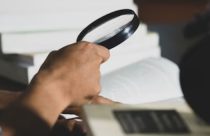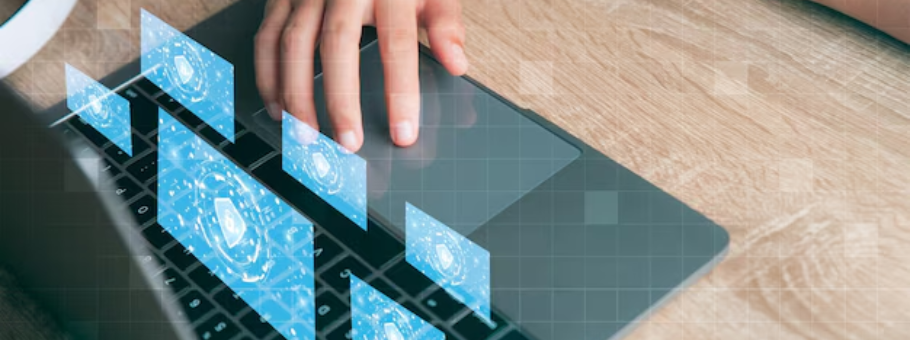Avoiding Fraudulent Image Manipulation in Academic Research

The saying, “a picture is worth a thousand words” is very applicable to scientific data as this data is more than just numbers and charts but is also pictures and images. Many scientists will glance through a manuscript just by going through each of the figures first to get a feel for what the study is about and what story is being told. These images that are part of the figures are very important and carry a lot of weight. When Adobe Photoshop, a photo editing software, was released in the early 1990’s it provided researchers with a means to digitize their images and enhance them for publication purposes. In addition, this also presented researchers with a tool that could lead to fraudulent image manipulation and questionable research ethics. While using such softwares is a great way to quickly prepare images, its ease of use also causes many scientists to inadvertently manipulate their image data and when such manipulations result in the loss or obscuring of important information it is considered as fraudulent.
What Constitutes Fraudulent Image Manipulation?
It is important to understand what constitutes as fraud or violations when it comes to image manipulation as many researchers are completely unaware of this fact and alter their images inappropriately. For example, any feature that is part of an image cannot be altered in any way, such as trying to clean up a dirty preparation or to cover up an unwanted blemish. Another violation is to take two images and combine them to look as though they are one. An example of this would be taking images from two Western blots and trying to make them appear as though they came from one blot. It is also considered fraudulent if the color, brightness or contrast of certain parts of an image is changed as these changes have to be done to the whole image, not just parts of it.
The consequence of such actions can often lead to being discredited in the scientific community as well as an embarrassing retraction. Academic journals expect researchers to follow research ethics in order to maintain the ethical standards of publishing. Also, journal editors have to be conscientious about what they publish so that their readers and authors know that the research being published is scientifically sound and upholds the highest ethical standards. Journals will often point out to authors when they spot data manipulation and also make them aware of the ethical consequences of inappropriate manipulations. Most of the time, improper data manipulation is relatively easy to identify and is usually flagged by reviewers. For the editors, it is always better to identify and handle these findings before an article is accepted. In fact, academic journals are now implementing forensic tools to analyze cases of suspected data mishandling in order to strengthen the scientific community and the trustworthiness of the data they publish.
Tips to Avoid Fraudulent Image Manipulation
- Always keep your original, unedited image files. Make changes to images only on copies of the original images. If there is ever a question about whether the image you are presenting is an accurate representation of the data you acquired then this can be solved by producing the original image. If a journal requests your original file and you cannot produce it, your article will mostly be rejected. With the original image, you should also be prepared to explain exactly what changes you made to the image that you plan to publish.
- Do not combine multiple images into one field or splice together pieces of one image to make them appear congruent. However, if you cut out one lane of a gel or blot because the information in that lane is no longer relevant, you should indicate with a black line or an outline that you are only presenting part of the image. This information should also be detailed in the figure legend.
- Some amount of background removal is permitted, such as fuzziness, but do not remove too much making the background white, as the reviewers might then think that faint bands or other features are missing.
- Images with bands (e.g., Western blot or DNA gels) or other features that are present in the original image and not part of the data being described must still be visible. It is not permitted to adjust the image to the point where some parts of it disappear.
- For experiments containing more than one image that conveys a story, such as a control and a treated group, ensure that the brightness and contrast adjustments have been made to all of the images exactly in the same manner. If only one panel of a figure is changed, then this can be misleading.
- In general, adjustments to the brightness, balance or contrast of the image is only permitted if the entire image is adjusted equally.
- Educate others about proper handling of image data and share this knowledge with colleagues and students, especially if they are working with images that they produced and are preparing them for publication.









